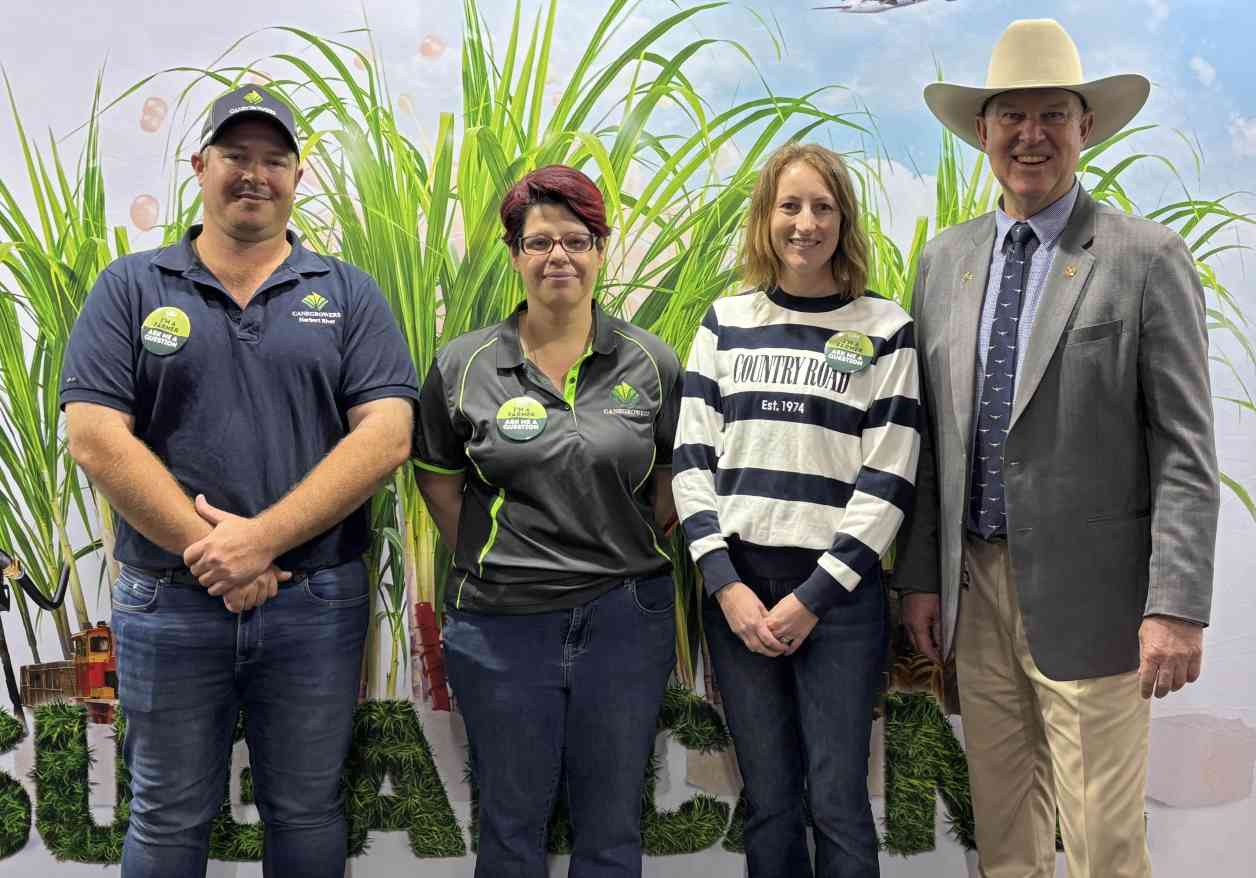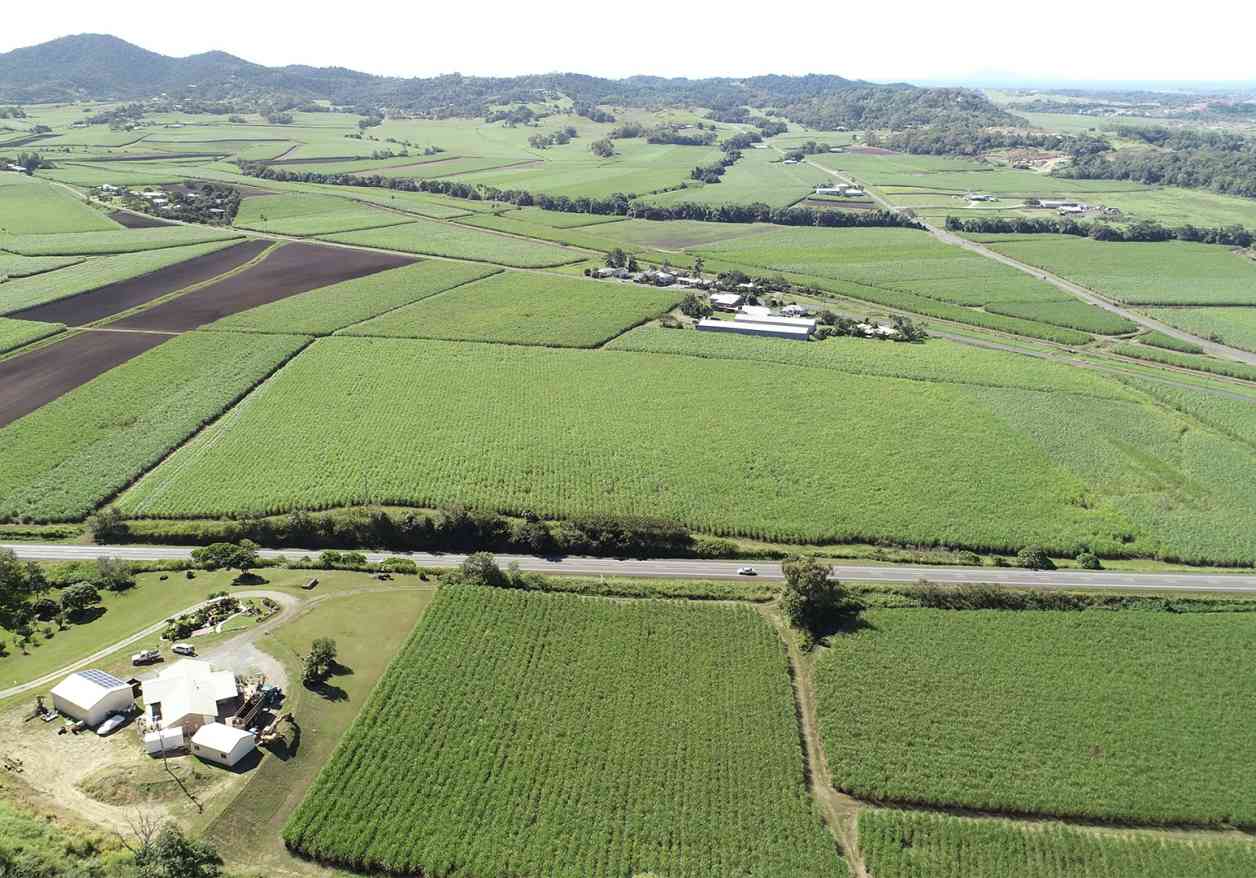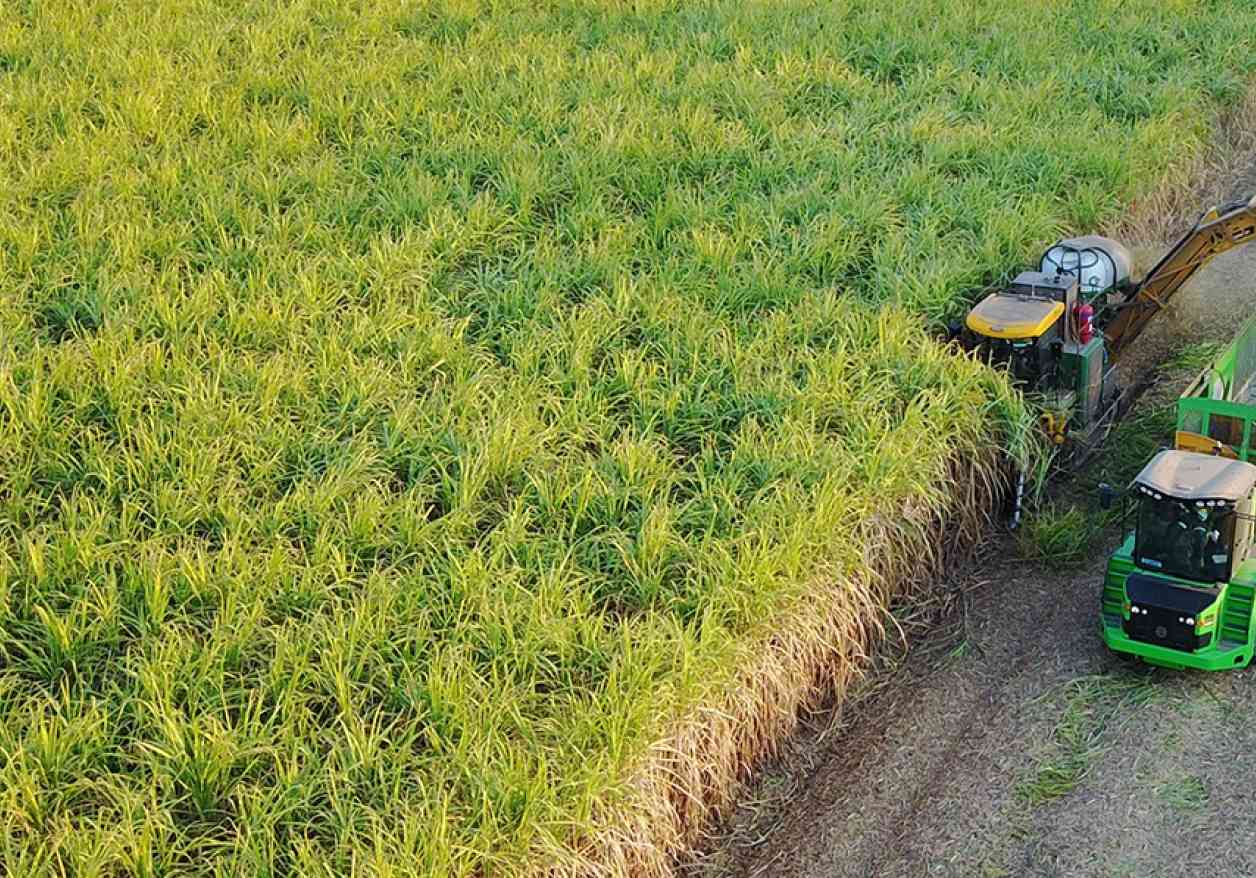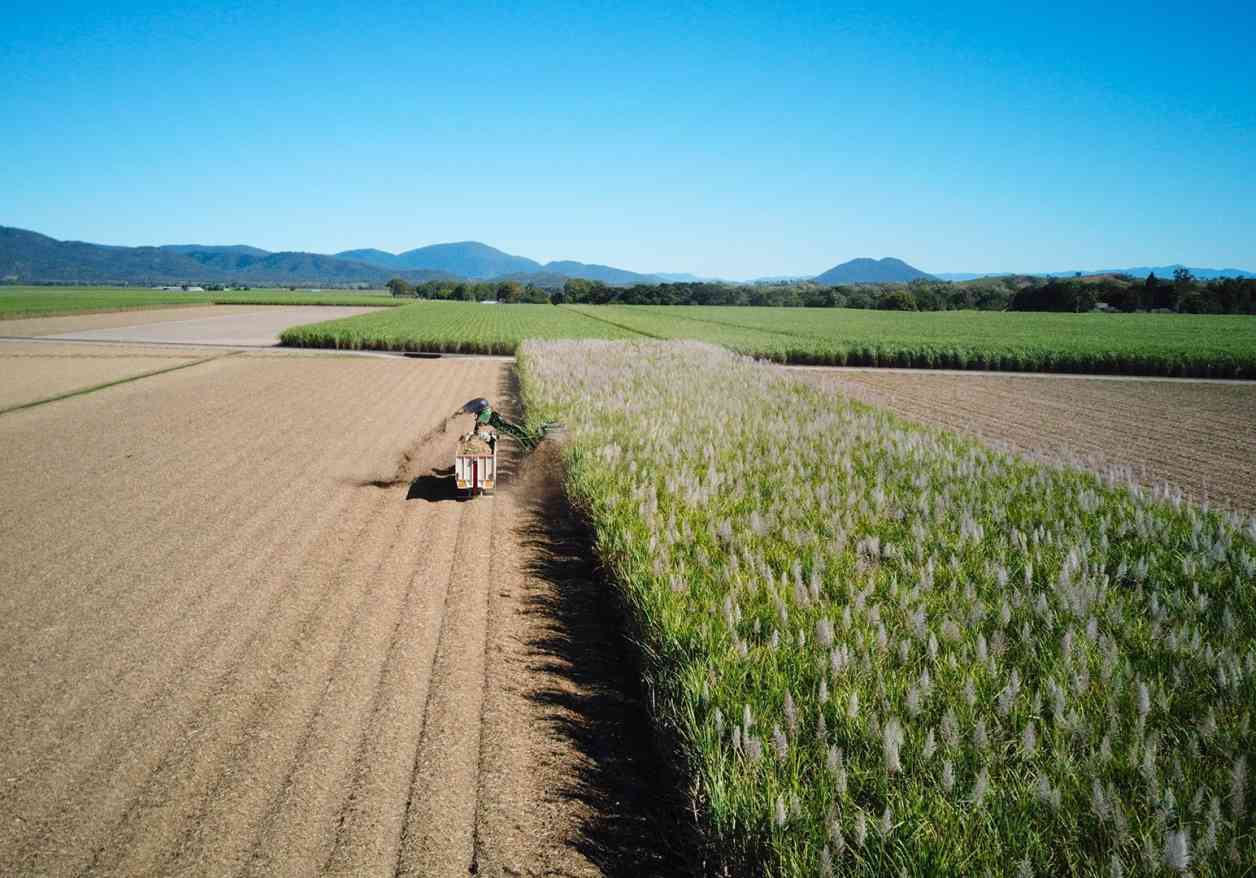
Ekka shows the city is still sweet on cane
Every August, the Ekka gives city and country a chance to meet face to face – and for us in agriculture, that’s a golden opportunity.

A season of contrasts and the strength behind it
As we approach the midpoint of the 2025 crush, it’s clear this season is shaping up very differently to the one we endured last year.

Positive steps for cane farmers — but let’s keep the momentum going
It’s not every week we get to talk about good news — but this one’s worth acknowledging
All News & Media

15% Discount Secured: A Step in the Right Direction
We recently saw the Queensland Government announce the extension of the 15% rural irrigation price discount for another two years, and I reckon most of the farmers I know would say it’s about time.

Backing Growers Where It Counts
It’s early days for the new Queensland Government, but I’ll say this — the first six months have brought some practical decisions that are making a real difference for cane growers.

Global spotlight on Queensland cane
Cairns has taken on a sweet international flavour this week, with grower reps, policymakers and sugar industry experts from across the globe touching down for a major international conference.

EU trade talks must deliver for Aussie farmers
Australia and the European Union are back at the negotiating table, with trade talks set to resume after a long pause. For those of us in agriculture, this is a moment of both opportunity and caution.

Hope, harvest and a push for change
It’s been a big week in cane country. Harvesters are up and running in the Tableland and Bundaberg districts, marking the start of the 2025 crush.